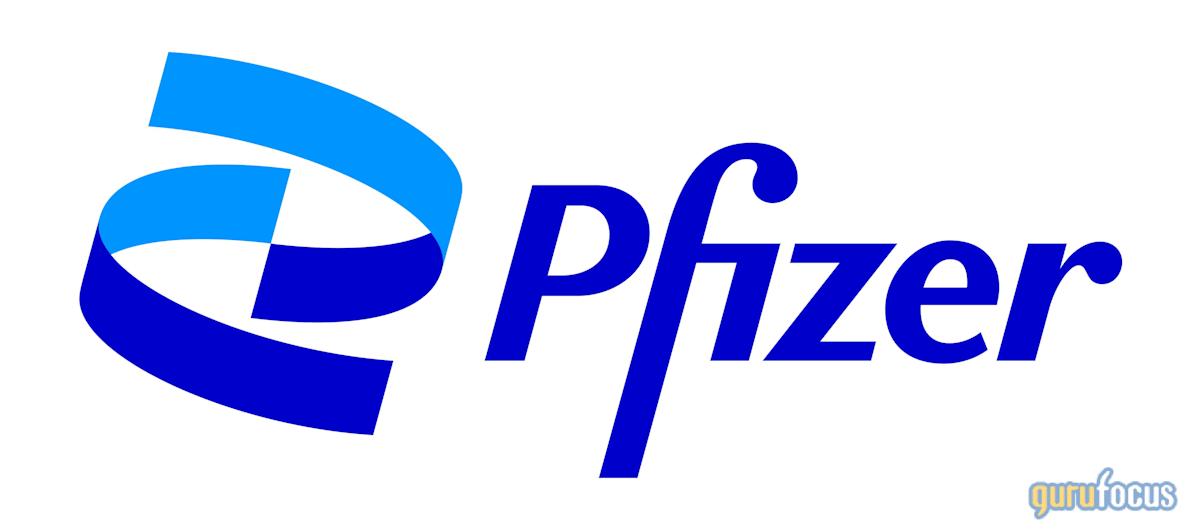This article first appeared on GuruFocus.
Remember when Pfizer was everywhere? From nightly news to every vaccine card in your wallet, it was the face of the pandemic response. But with COVID now in the rearview mirror, the spotlight has moved on and so have most investors. Revenue has cooled, some pipeline bets have fizzled, and Wall Street seems convinced the best is behind it.
But maybe that story’s too simple.
Pfizer may no longer enjoy the spotlight it had during the pandemic, and investor focus has clearly shifted elsewhere maybe too quickly. It may not be a high-flyer anymore, but with steady cash flows, a deep pipeline, and patient capital discipline, Still, there are signs the company is positioning itself for a return to form, driven more by fundamentals than flashy headlines.
Let’s dig into what’s really happening behind the market’s fading interest.
Pfizer’s Q1 2025 results weren’t flashy but that’s not the story here. The company brought in $13.7 billion in revenue, down 8% from the same quarter last year. A big part of that drop came from the expected collapse in Paxlovid sales, which plunged 75% as COVID receded. But even with revenue down, Pfizer grew its adjusted earnings per share by 12%, hitting $0.92. This points to an important takeaway management is keeping costs in check, they’re managing margins and staying financially disciplined.
Pfizer has realized significant savings from its realignment plan targeting over $4.5 billion in net cost cuts by year-end, with an expanded target of $5.7 billion by 2027. SI&A costs dropped 12%, R&D 11%, while still investing $2.2 billion in the pipeline. The company’s operational efficiency and margin discipline allowed it to absorb the revenue hit from declining COVID product sales, softening the COVID decline.
Even with these challenges, Pfizer reaffirmed full-year guidance: revenue between $61 and $64 billion and adjusted EPS between $2.80 and $3.00. Dividends returned $2.4 billion to shareholders in Q1, with no buybacks yet this year. Rather than a downturn, the numbers suggest the business is entering a steadier phase.
Pfizer Inc is Wall Street Wrong to Give Up on This Comeback Story?
Pfizer’s valuation suggests a market that has given up. The stock trades at a forward P/E of 11.3, EV/EBITDA of 9.7, and a price-to-sales ratio of 2.3. Compare that to peers: Johnson & Johnson at 16.6x P/E, AbbVie at 15.9x, Bristol-Myers Squibb at 17.5x, and Novo Nordisk way up at 32.4x. The gap isn’t subtle it’s a full-blown discount.
